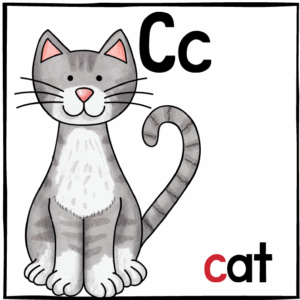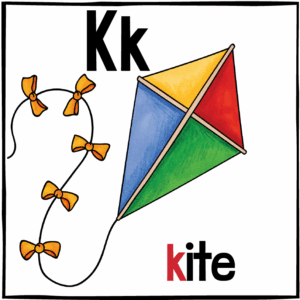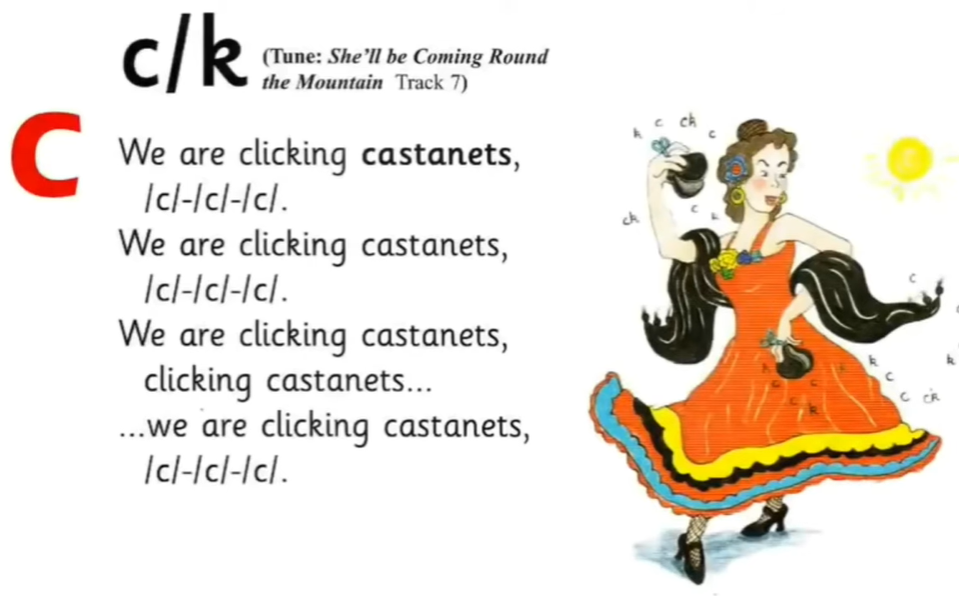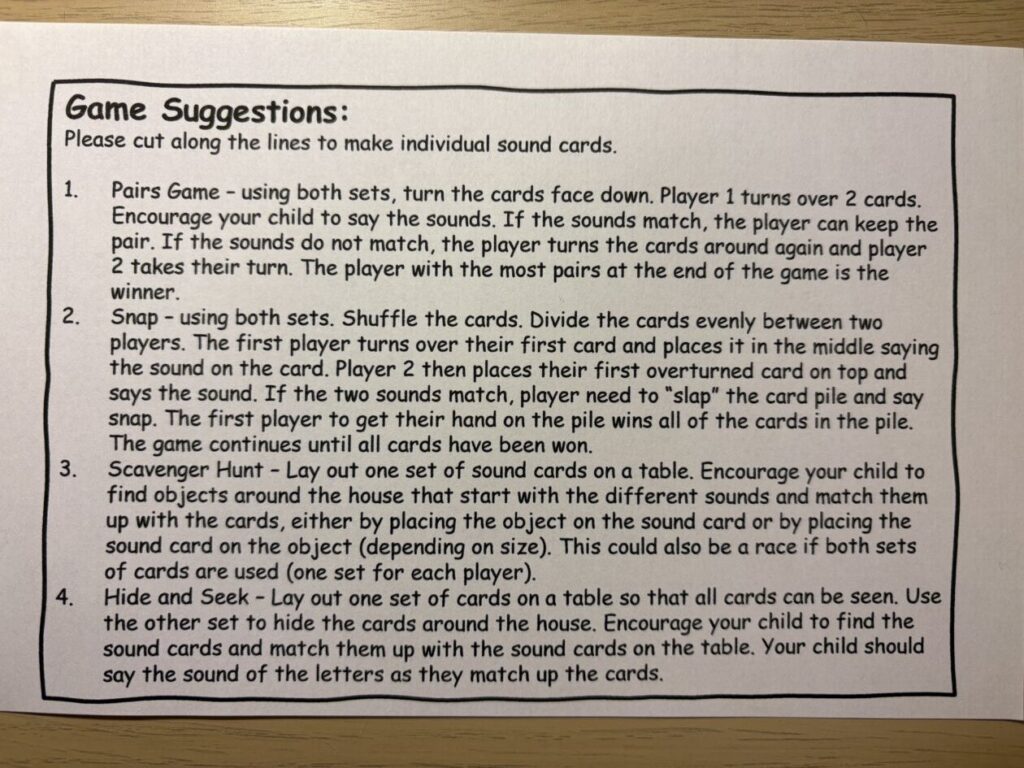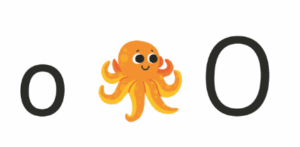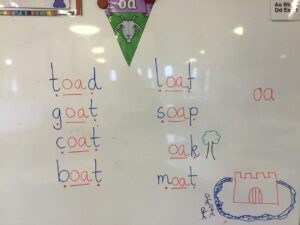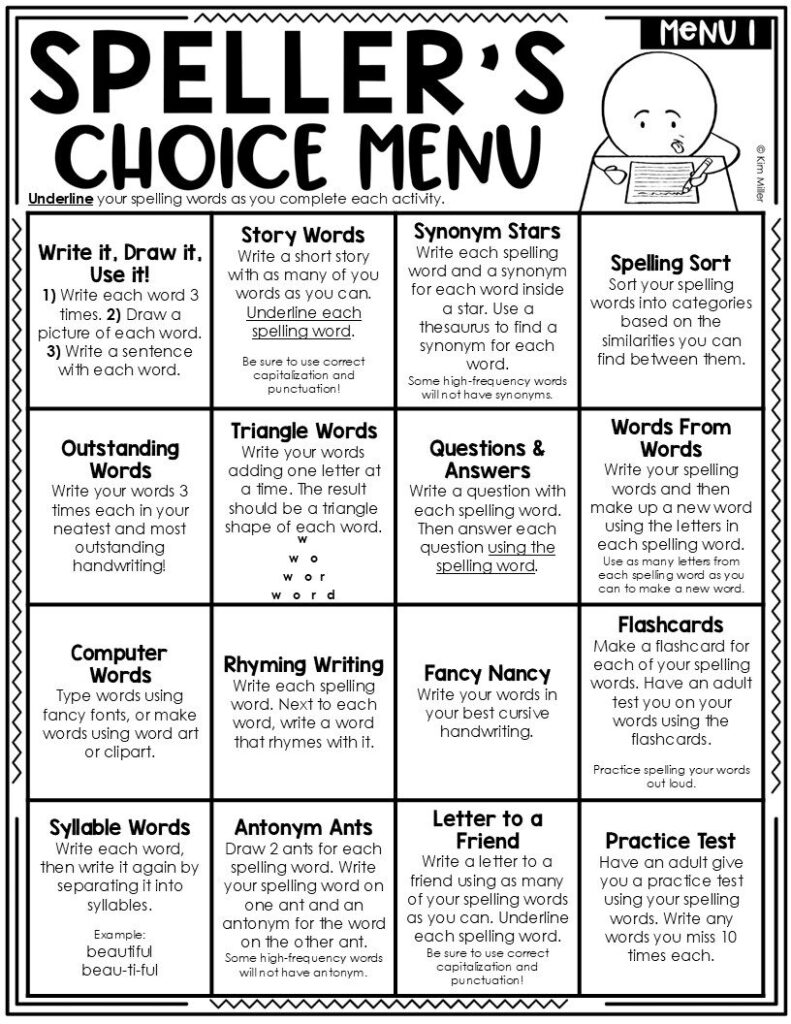This week, we are focusing on some Common Exception Words, we usually call them tricky words.
Here are the words we are practising this week:
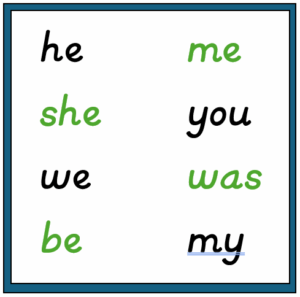
Choose one or more activities to practise your spelling words from the menu below:
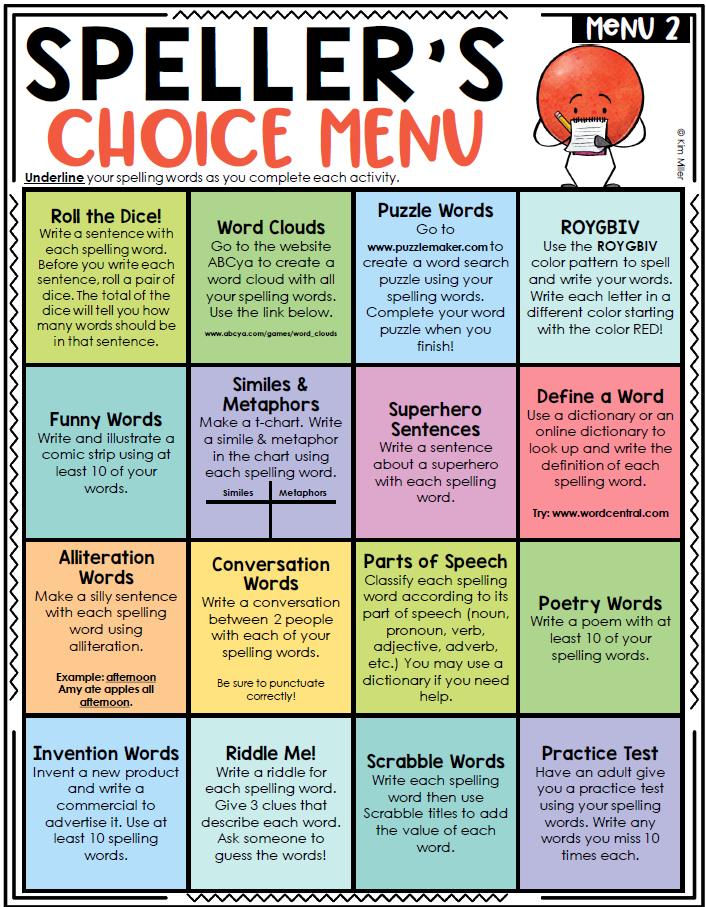
I have also passed home some word cards to practise your spelling with. Please cut the cards along the lines, then choose from the game suggestions or play your own games with the cards:
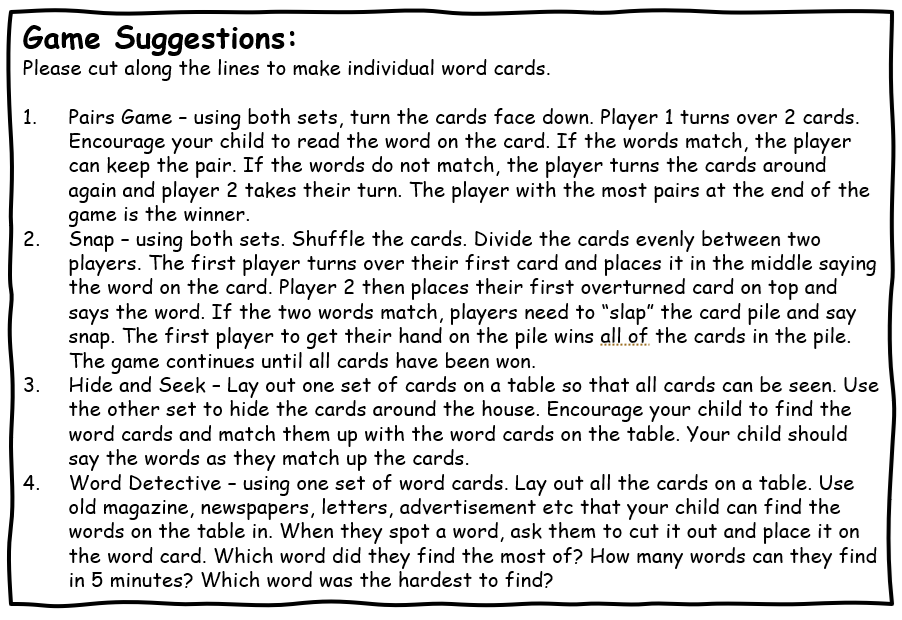
Please continue to practise your “I can blend” cards which I will refresh on Wednesday. I will also add some sound cards and common exception words that go along with the book we are currently reading in class (also assigned in Rocket Phonics).

